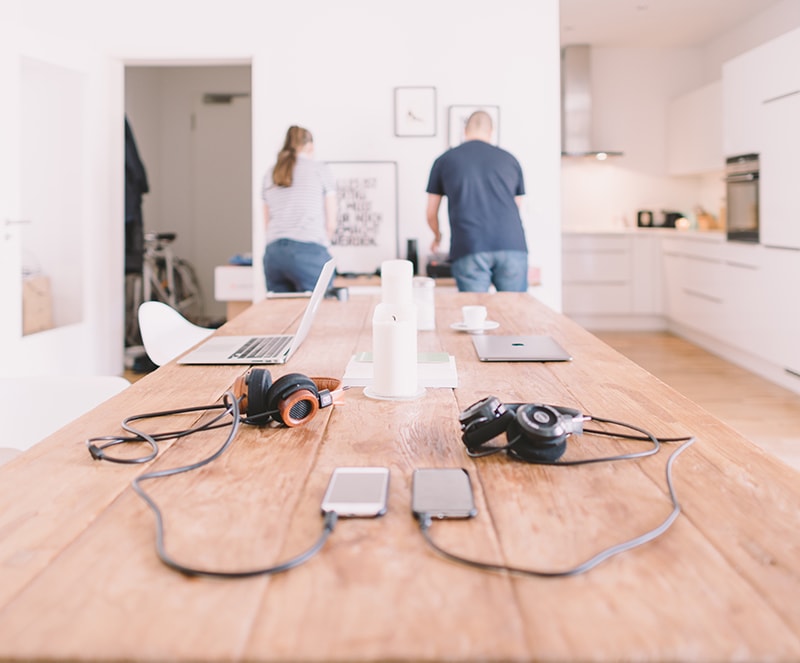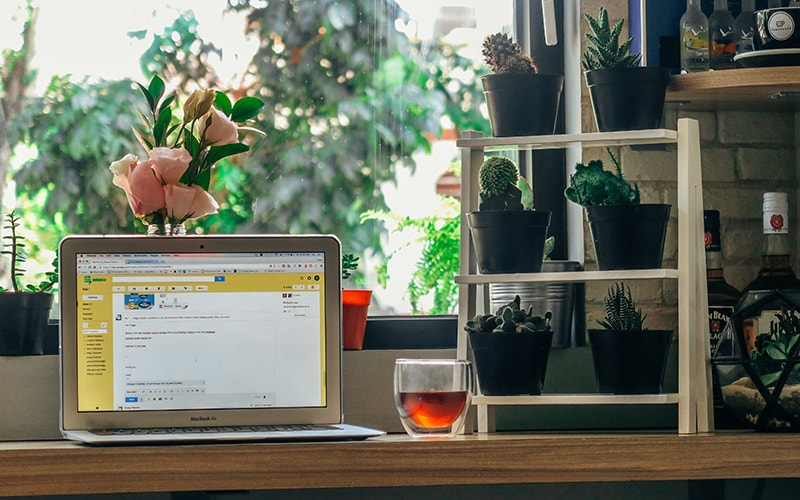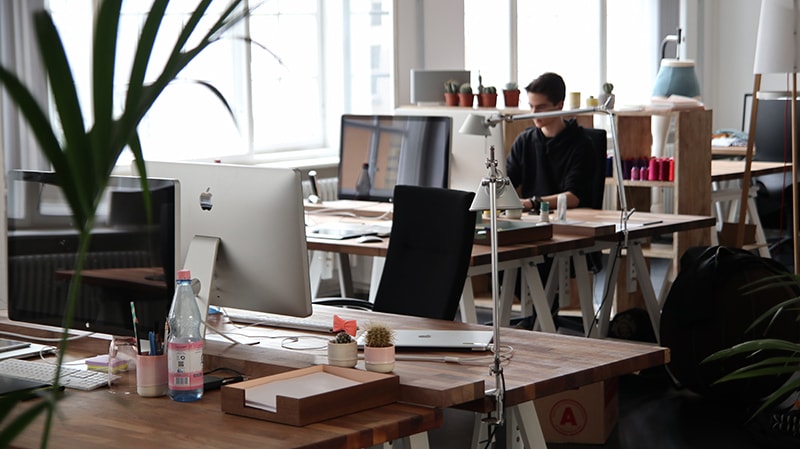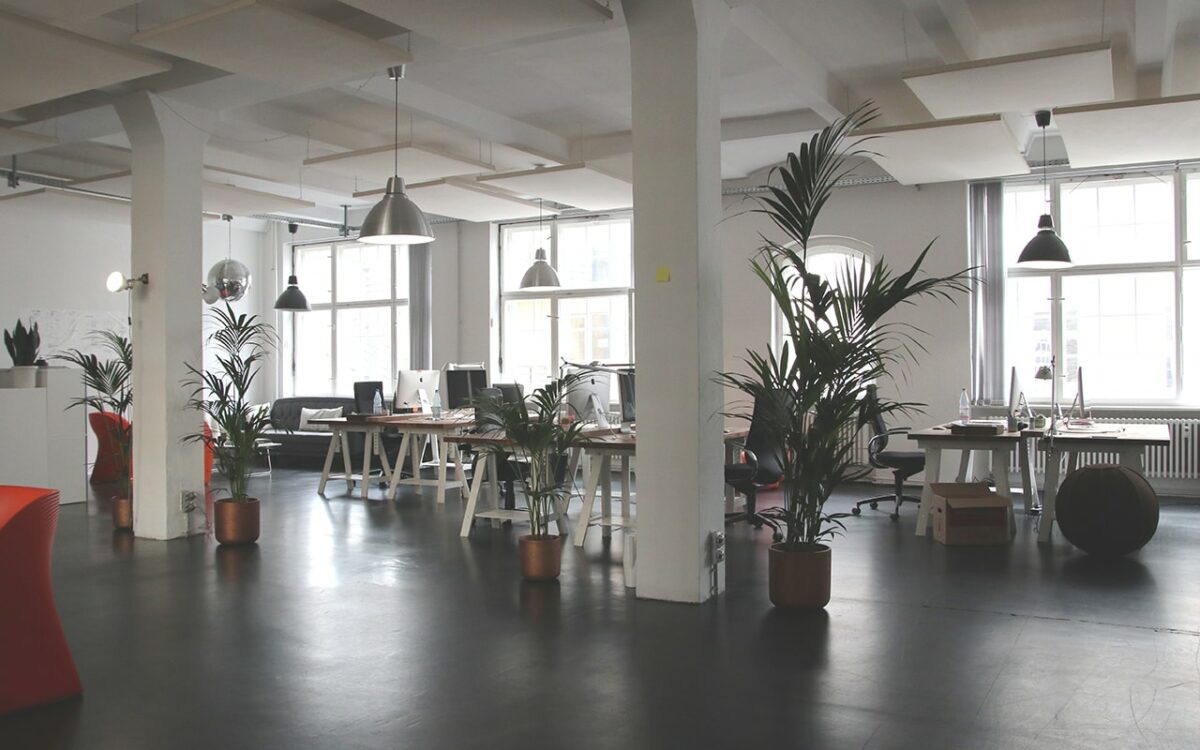Open offices were invented in the early 20th century by a group of German architects who saw walls as barriers to human interaction. This new office design focused on large and flexible areas that were aimed to foster collaboration, camaraderie and improve information flow. With time, open offices became more and more popular as they transmitted a laid-back and innovative image of the company.

This situation, however, is now being questioned by numerous studies claiming the open office design hurts productivity in as much as 66%, and due to the lack of privacy lowers the moral of employees. Other issues such as noise, distractions, clutter and even odors can also impact the outcomes of employees which leads to higher stress levels, conflicts and finally, higher staff turnover. Additionally, there seems to be no age-bias as both seniors, and young workers appeared to be negatively impacted by the constraints of open offices.
Consequently, we might wonder why the open office design is so popular? The rise of the open office culture was welcomed as a consequence of the Great Recession which offered businesses a way to minimize costs by increasing occupancy rates as well as allowing higher management to keep a close eye on their employees’ performance. The design was later adopted by cutting-edge brands which fueled the trend, and today, nearly 70% of U.S. offices have little dividers or none at all.
This situation is hindering productivity levels across several industries as office commotion shortens employees’ focus and inhibits motivation. It is commonly believed that the open design promotes communication and this is faithful to some extent. However, the lack of privacy in an open space renders interactions superficial, defeating the misconception that an open office plan boosts innovation.
Open offices, however, are not all bad. In addition to the cost benefits, this design can be beneficial to businesses who need fast information flow such as journalism as they can have easy access to current information and accessibility to their colleagues. However, when it comes to cognitive-demanding tasks, the turbulent environment of an open office does not help productivity.
Therefore, what can you do to stay productive when working in an open office?

- Set group guidelines
- Get rid of the office hubbub
- Embrace a flat hierarchy
- Make headphones your new best friend
- Find your thinking spot
- Consider working from home
- Get privacy
- Schedule work appropriately
- Make your intentions public
- Define an area for collaboration
Having a clear set of directives for the office can improve the work environment significantly, and reduce tensions between employees. Include topics such as noise, distractions, food in the room, clutter, among others. Remember the creation of the office guidelines must involve everyone sharing the office space. Otherwise, it can end up misrepresenting the dynamics of the office or clashing with corporate policies.
On the other hand, setting the guidelines is only the initial step. After agreeing on a standard set of rules for cohabitation in the office, it is also imperative to communicate them. To do so, aim for an official channel such as the company’s internal network, an email or a memo. Using an official channel will help employees understand the importance of this document and ensure they follow it.
Although we can include conducts such as answering the phone or talking to colleagues in the work guidelines, it is also important to install a mindful culture in the office. Encourage people to think about others and avoid creating distractions that can slow down others. Small changes such as taking conversations outside the room or using digital tools such as email or instant messaging to communicate with colleagues can make a big difference.

Hierarchies are less compatible with the open office setup as communication and information flow in a freer manner. For this reason, avoid any hierarchical seating arrangement as this will only create tension and resentment among employees. Instead, try a seating plan that creates clusters based on functional areas, the number of interactions, etc. This way, you can take advantage of the collaboration aspect brought by the open office.
Unfortunately, sometimes the office is just a busy place and no matter how hard everyone tries, noise is unavoidable. Keyboards, printers and even walking can interrupt someone’s focus and make small tasks tiring and time-consuming.

For this reason, many people working in open offices use music as a way to cancel out the noise. However, it is important to mention that not all types of music can help productivity and attentiveness, such is the case for music with vocals which can deflect focus and weaken your attentiveness. Furthermore, it is also recommended to avoid the music we like during working hours as it can make our brain generate dopamine, limiting our focus and defeating our goal of alertness.
On the other hand, unfamiliar music is said to maximize focus and extend concentration up to 100 minutes. In addition to this information, music without vocals such as classical or instrumental is often referred as the most efficient type for getting work done.
Finally, for very cognitive-demanding tasks which need extreme focus, binaural beats are a good option to stay concentrated. There are many different types of binaural beats; however, the most efficient type of sounds for concentration, boosting problem-solving, memory retention and accelerated learning are those with theta frequencies between 4 and 7 hertz.
Some days, when not even music can help you stay concentrated, you can consider changing your surroundings. Trying to stay focused in a busy office day can be exhausting and unproductive. Fortunately, most office buildings nowadays also present alternative spaces such as conference rooms and patios. Use these areas when you feel overwhelmed or unable to concentrate, a change of air can boost your productivity and allow you to accomplish more.

Open offices can be thunderous, preventing you from focusing and affecting your results. For this reason, an excellent option to consider is working remotely, a growing trend among companies. In 2016, over 40% of Americans declared having worked remotely in the past year. Additionally, people who spent 60% to 80% of the time away from their workplace expressed the highest engagement rates. Therefore, do not shy away from working remotely as staying home can help you avoid noisy and distracting environments that hinder your productivity.

Many employees in open offices often complain about the lack of privacy. The lack of one’s private space can result in higher stress levels and less motivation. Additionally, people in open offices were also less likely to make ergonomic adjustments leading to health problems such as back pain, muscle pain or other physical strains.
For these reasons, it is recommended to always keep some level of privacy even in your open office setting. To do so, consider placing a coat hanger near your desk, sitting near the wall or any other action that can block others’ regards. By doing this, you can reduce the stress caused by the lack of privacy and focus on your work without any interruptions.

Although offices are busy, there are always quieter times. Take advantage of Monday mornings or other quiet times to concentrate on the most demanding work. Schedule cognitive-demanding tasks during this period to avoid distractions and improve your productivity.

Sometimes, it is all about communication. Other colleagues might simply not be aware you need concentration and focus. For this reason, it is important to communicate your goals and obligations to others. Consider setting a blackboard or a small sign where people can communicate what they are working on and share their availability. This way, people can understand why they do not wish to be disturbed and avoid potential tensions from misunderstandings surrounding collaboration.
Open spaces can make employees seem available and willing to help at any time. Unfortunately, while beneficial to the help-seeker, this results in lower performance for the help-giver. To avoid colleagues always dropping unexpectedly at your desk for help or inconveniencing others with your discussions, establish a collaboration area where people can move to when a conversation takes place. This way, if anyone asks for help while you are busy, you can easily schedule a short meeting in a time that best suit your needs, as well as discouraging others to interrupt your work frequently.
In conclusion, open offices can communicate a sense of freedom and dynamism. Nevertheless, they have significant constraints that can potentially detriment your productivity. Fortunately, you can prevent a decline in your work’s output by following these ten simple steps that will allow you to concentrate and counteract the limitations brought by this office trend.








